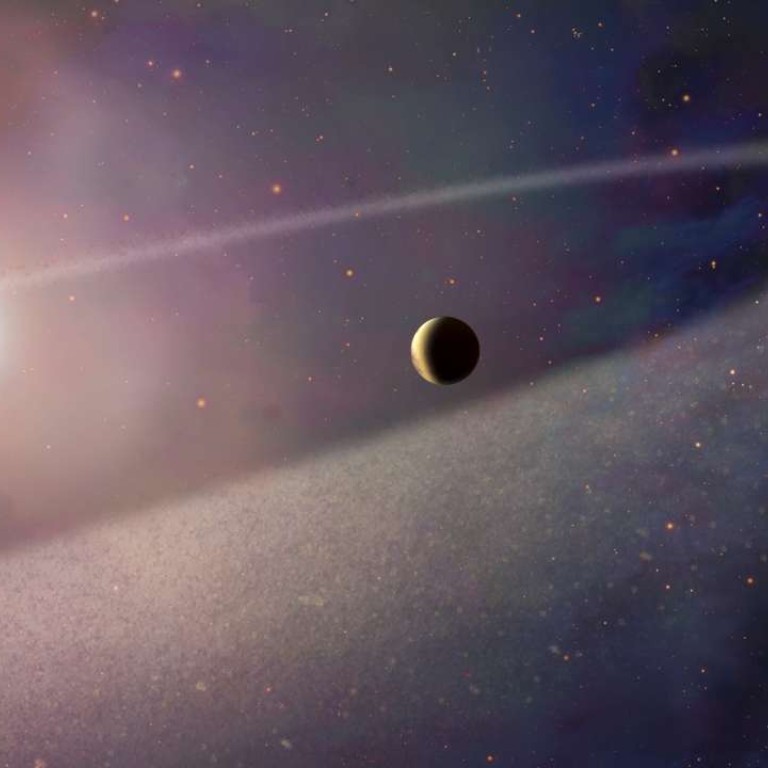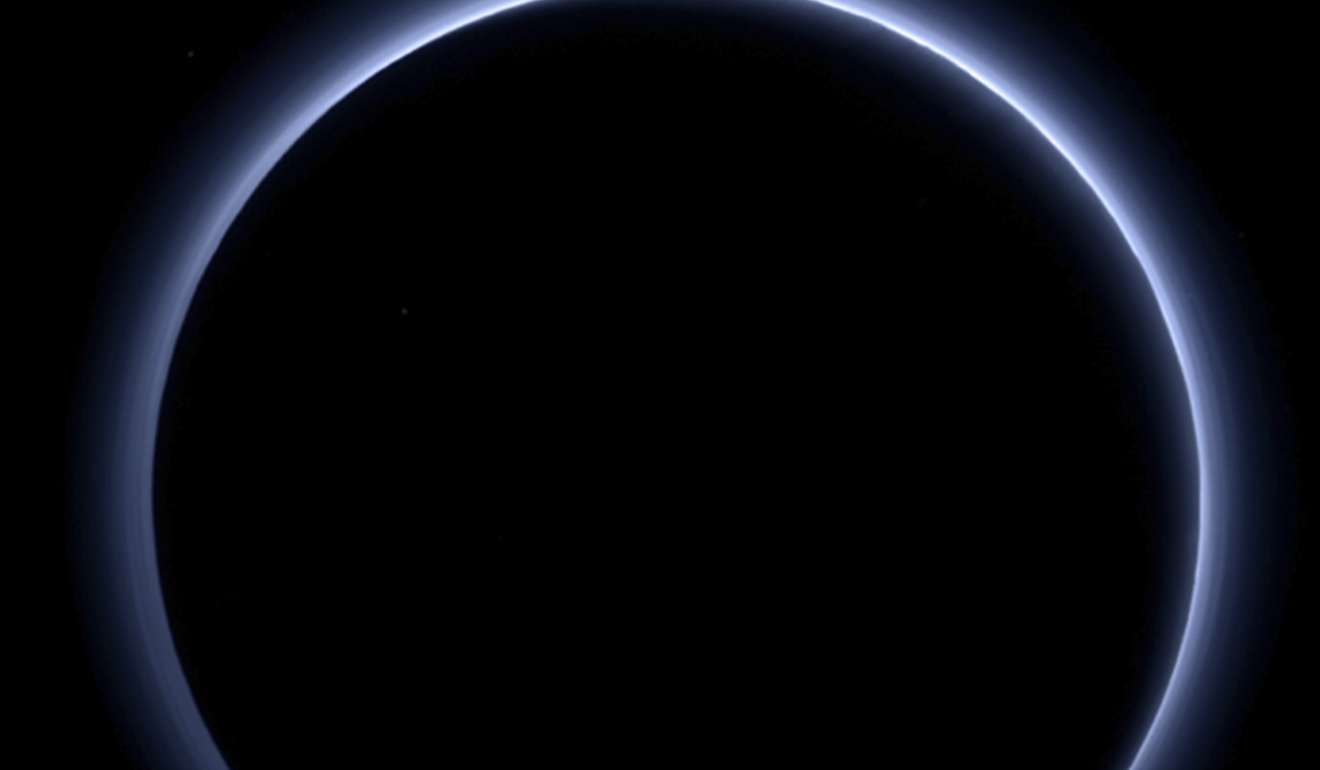
Scientists discover 60 new planets, including a ‘super Earth’
A group of international researchers hit the planetary jackpot by spotting 60 new planets, including a “super Earth.”
The team also found evidence of 54 other planets, bringing the total of new exoplanets to over 100, according to a statement from the University of Hertfordshire in the United Kingdom, which participated in the study.
The “super Earth,” called Gliese 411b is described as a “hot super-Earth with a rocky surface.” The planet orbits a star called Gliese 411, and is located in the fourth nearest star system to the Sun, according to a statement from the university.

Mikko Tuomi from the University of Hertfordshire’s Centre for Astrophysics said that when researchers look at the nearest stars, all of them “appear to have planets orbiting them.”
“This is something astronomers were not convinced about, even as little as five years ago,” he said in a statement. “These new planets also help us better understand the formation processes of planetary systems and provide interesting targets for future efforts to image the planets directly.”
The planets were discovered based on observations, which were taken over 20 years by US astronomers who used the Keck-I telescope in Hawaii as part of the Lick-Carnegie Exoplanet Survey, according to the statement. Researchers who took part in the survey released the data to the public earlier this week, allowing citizen scientists to begin searching for exoplanets from their couches.
Over the course of the 20 year survey, researchers obtained almost 61,000 observations of 1,600 stars, according to a statement The Carnegie Institution of Science.

